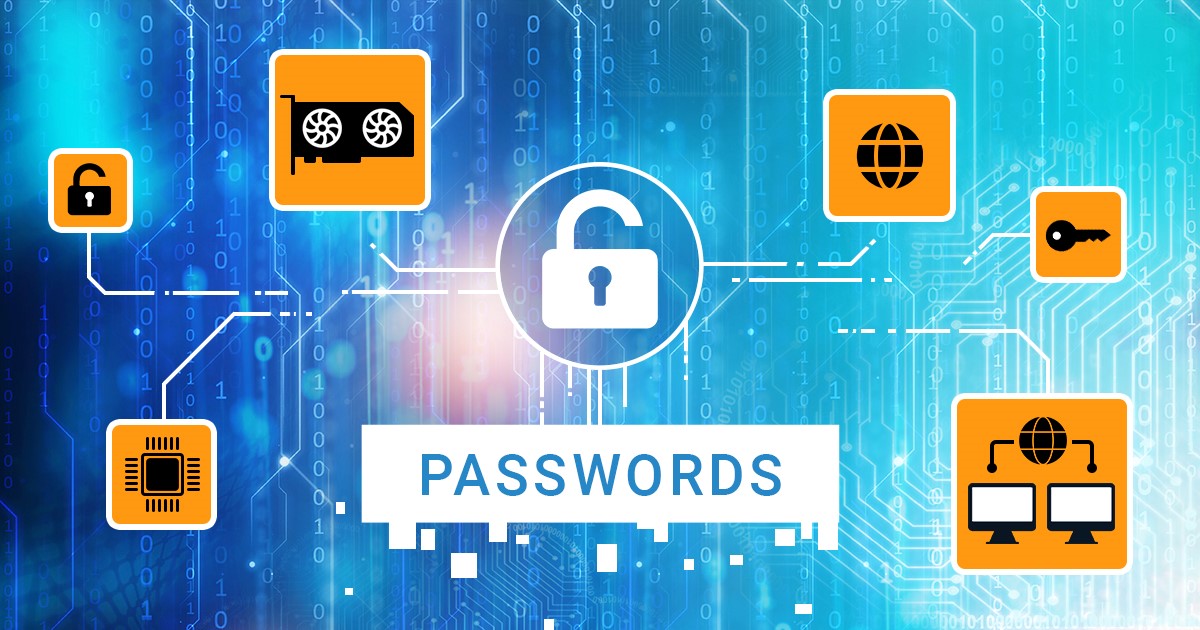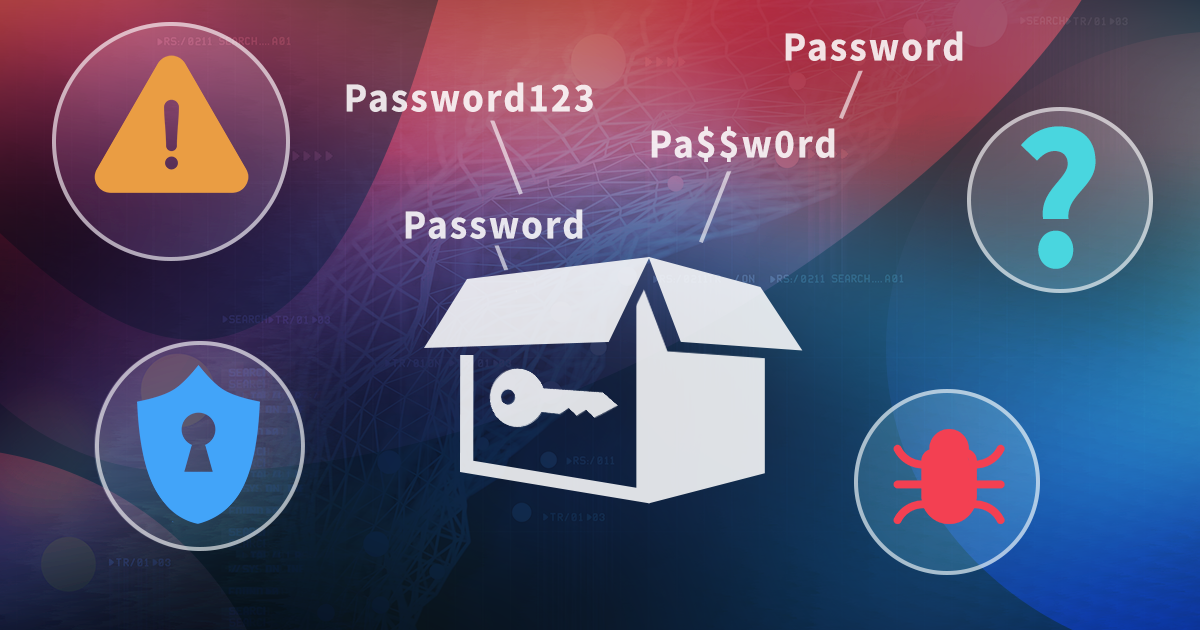Microsoft Goes Passwordless: Forensic Implications of Passwordless Microsoft Accounts
May 14th, 2025 by Oleg Afonin
Category: «General»
Microsoft has officially announced that newly created Microsoft Accounts will now be passwordless by default for “simpler, safer sign-ins”. This change extends the direction set by Windows 11, where traditional passwords have been gradually phased out in favor of more secure and user-friendly authentication methods – such as PIN codes, biometrics, and passkeys. In this article, we will evaluate the forensic implications of this move.
Background
Prior to Windows 8, signing into Windows meant using a local account with a password; a simple, straightforward, and insecure approach. The introduction of Microsoft Accounts added a cloud-based option, tying the OS login to Microsoft’s online services like Outlook, OneDrive, and more. Over time, Microsoft pushed users toward cloud accounts, limiting the ability to install Windows without one and gradually sidelining local accounts. But this approach came with a significant flaw: the password hash for Microsoft Accounts was cached locally. This allowed attackers to extract and break the hash with an accelerated offline attack, gaining access not just to the local system, but also to cloud data – including email, chats, files, and even BitLocker recovery keys (which are uploaded to Microsoft’s servers by default).
With Windows 11, Microsoft introduced a new authentication model: passwordless sign-ins. Unlike existing passwordless sign-in options available Windows 10, which also utilized Windows Hello, Windows 11 allowed users to go completely passwordless, disabling the very ability to sign in to Windows with a password. Users gained the ability to completely disable password-based login, blocking offline password attacks altogether. Still, even in Windows 11, Microsoft Accounts retained support for traditional password login – until now. Going forward, newly created Microsoft accounts will have an option to no longer support passwords at all, an option that will become the new default. Existing users can still log in with a password unless they choose to manually remove it.
Only Newly Created Microsoft Accounts Are Affected
The situation with passwordless logins is similar to what we have with BitLocker encryption: the change only affects newly created Microsoft Accounts. Existing Microsoft accounts are unaffected unless the user explicitly opts into the new system. As a result, we’re now dealing with two coexisting models:
- No change for existing accounts. Passwords can be used to log into Windows (if enabled), and to access Microsoft services via a browser. Passwordless login is optional but supported – for example, using the Microsoft Authenticator app.
- New accounts are created without passwords by default. Users log into Windows via Windows Hello (PIN or biometrics), and access their accounts in a browser using passkeys.
What Replaces the Password?
Passwords are being replaced with passkeys – digital credentials that function as secure, phishing-resistant replacements for traditional logins. A passkey can be stored on the local PC, on a trusted external device (like a phone), and/or in the cloud (e.g., iCloud Keychain). This model effectively replaces both the “something you know” factor (a password) and two-factor authentication by merging them into “something you have.”
This raises important questions. If an attacker steals and unlocks the device that holds the passkey, would that alone be enough to access the account? Is this new model truly more secure than well-implemented 2FA? Will average users understand and manage passkeys effectively? What happens if access to the trusted device is lost? For now, there are more questions than answers.
Why Passwords Are Replaced?
Microsoft says it’s seeing “nearly a million passkeys registered every day,” and that passkey users have a 98 percent success rate of signing in versus 32 percent for password-based accounts. In addition, Microsoft claims that signing in with a passkey is three times faster than using a traditional password and eight times faster than a password and traditional multifactor authentication.
Impact on Digital Forensics
The forensic implications of passwordless accounts are still emerging. On one hand, analysts already have some experience dealing with passwordless logins – see, for example, the “How to unlock Windows 11 passwordless accounts” chapter in Windows 11 TPM Protection, Passwordless Sign-In and What You Can Do About Them. On the other hand, those techniques won’t help if the system drive is encrypted with BitLocker, which is now enabled by default for new Windows installations. While traditional password attacks become irrelevant, passkeys could potentially be extracted from trusted devices linked to the account (such as a phone or secondary PC), enabling access without a password or second authentication factor.
What is certain is that the authentication landscape is changing. Forensic experts must now prepare for a dual reality: accounts that still rely on passwords, and accounts that operate entirely without them. This evolution could simplify user experience and boost security in theory – but it also demands new tools, workflows, and threat models for the forensic and cybersecurity communities.


